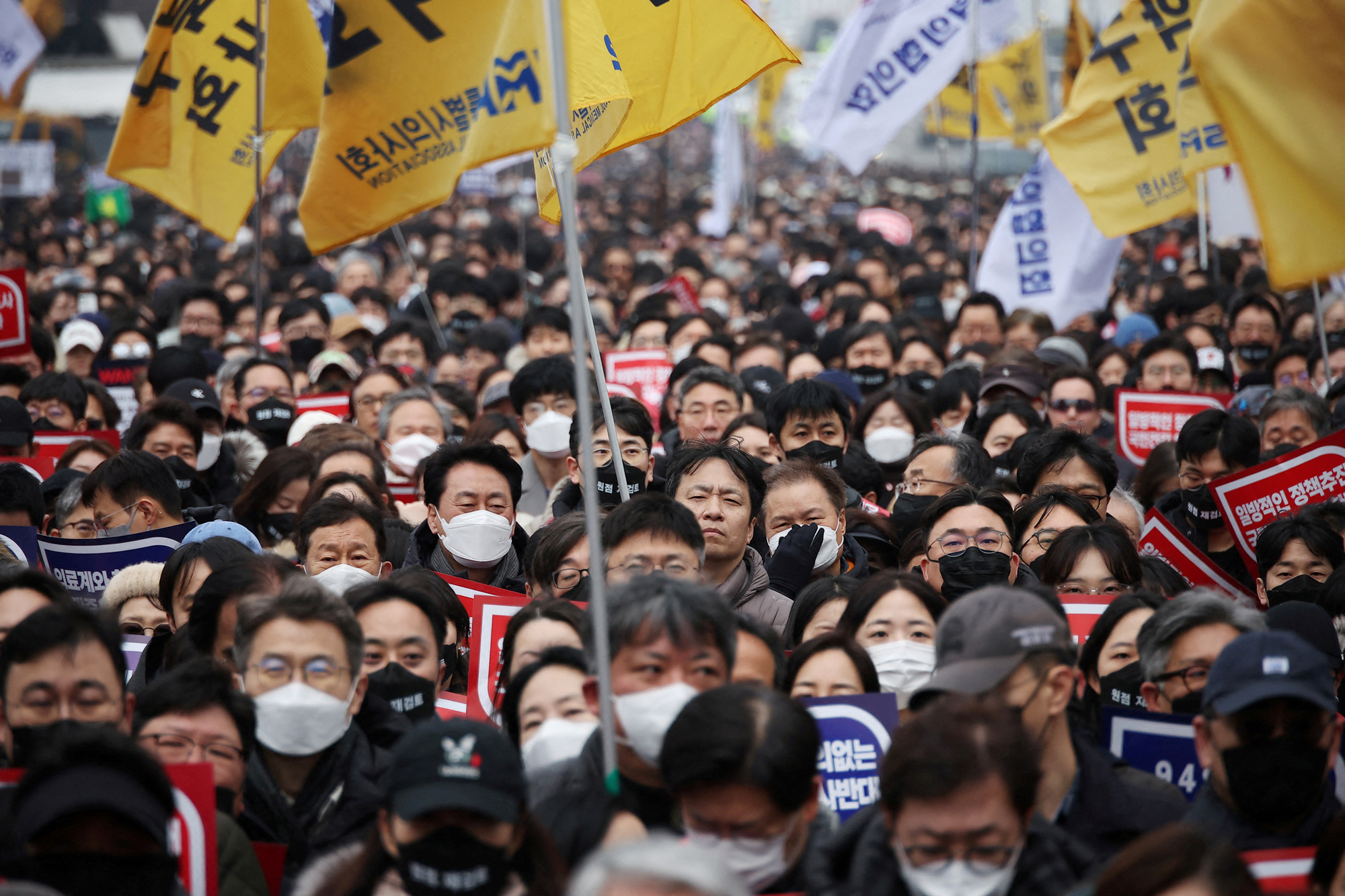
Doctors participate in a protest against the South Korean government 's plan to increase enrollment quotas on March 3 - Photo: REUTERS
Along with that, many medical students in Korea have decided to quit school en masse and many professors at medical schools have also announced their resignation, in response to the plan to increase enrollment quotas.
Why?
In February, the South Korean government announced that it would expand the medical school enrollment quota by 2,000 students, from the current 3,058 to more than 5,000 by 2025. The goal is to add 15,000 more doctors by 2035.
The push to expand medical enrollment is due to the fact that South Korea’s current population is 52 million, but the doctor ratio is only 2.6 doctors per 1,000 people (2022). This figure is much lower than the Organization for Economic Cooperation and Development (OECD) average of 3.7 doctors per 1,000 people.
South Korea has the highest ratio of hospital beds per 1,000 patients among OECD countries at 12.8 beds per 1,000 patients. This is more than twice the number of hospital beds in France and six times that of Sweden.
On the other hand, the "ginseng country" is struggling with a shortage of doctors in some important specialties such as obstetrics and pediatrics as well as in rural areas.
South Korea is one of the fastest aging countries in the world , with more than one-fifth of its population expected to be over 64 by 2025.
What do the medical profession say?
According to the OECD, South Korean specialists are the highest paid among developed countries, with an average income of nearly $192,800/year (2020).
However, data from the Korean Ministry of Health shows that general practitioners are paid less and there is also a significant difference in the income of specialists.
For example, pediatricians are paid the lowest, 57% below the overall average. While cosmetic surgeons and dermatologists in private hospitals are often paid higher.
Interns account for 30-40% of the total number of doctors at leading general hospitals in Korea. They play an important role in assisting regular doctors during surgery and inpatient treatment.
But interns and residents say they are underpaid and forced to work 80-100 hours a week.
An intern told Reuters that he had to work more than 100 hours a week for a salary of $1,500-$3,000 a month, including overtime pay.
On the other hand, South Korea's health insurance system only allows hospitals to receive a fixed fee for essential medical care from patients. However, some doctors say the fee set by the government is too low.
This has led to doctors in Korea “staying away” from essential specialties such as neurosurgery, emergency medicine and pediatrics, and tending to choose professions with high profit margins such as dermatology and plastic surgery (surgeries not covered by insurance).
The medical community opposes the South Korean government's plan to increase enrollment quotas, saying it will undermine the quality of medical education and lead to higher medical costs for patients.
Trainee doctors stress the government needs to address pay and working conditions before increasing the number of doctors.
At the same time, they are calling for benefits and reduced legal risks for medical errors to encourage doctors to work in sectors with labor shortages.
Consequences of the strike
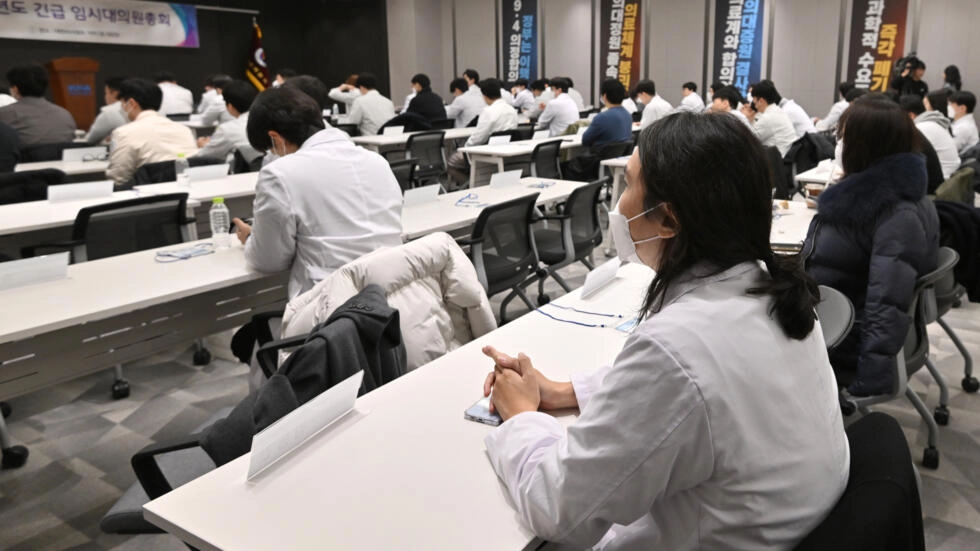
Intern doctors attend an emergency meeting at the Korean Medical Association building on February 20, 2024 - Photo: AFP
According to the Guardian , the strike by the end of February had forced major general hospitals in South Korea to cut operations by 50% and refuse to care for many patients.
The South Korean government has taken emergency measures to minimize the impact of the strike, such as deploying military doctors, extending operating hours at public medical facilities, and allowing nurses to perform some medical procedures normally performed by doctors.
The South Korean government has so far announced the suspension of the medical licenses of about 5,000 medical interns who did not comply with the request to return to work.
The crisis in the medical profession continued to escalate when earlier this week, medical professors at medical schools threatened to resign en masse if the government did not find a way out of the prolonged strike.
According to Yonhap News Agency, medical professors across the country have decided to submit their resignations starting March 25 to put pressure on the government. However, they noted that they will still wholeheartedly treat patients because there are too many trainee doctors on strike.
Source


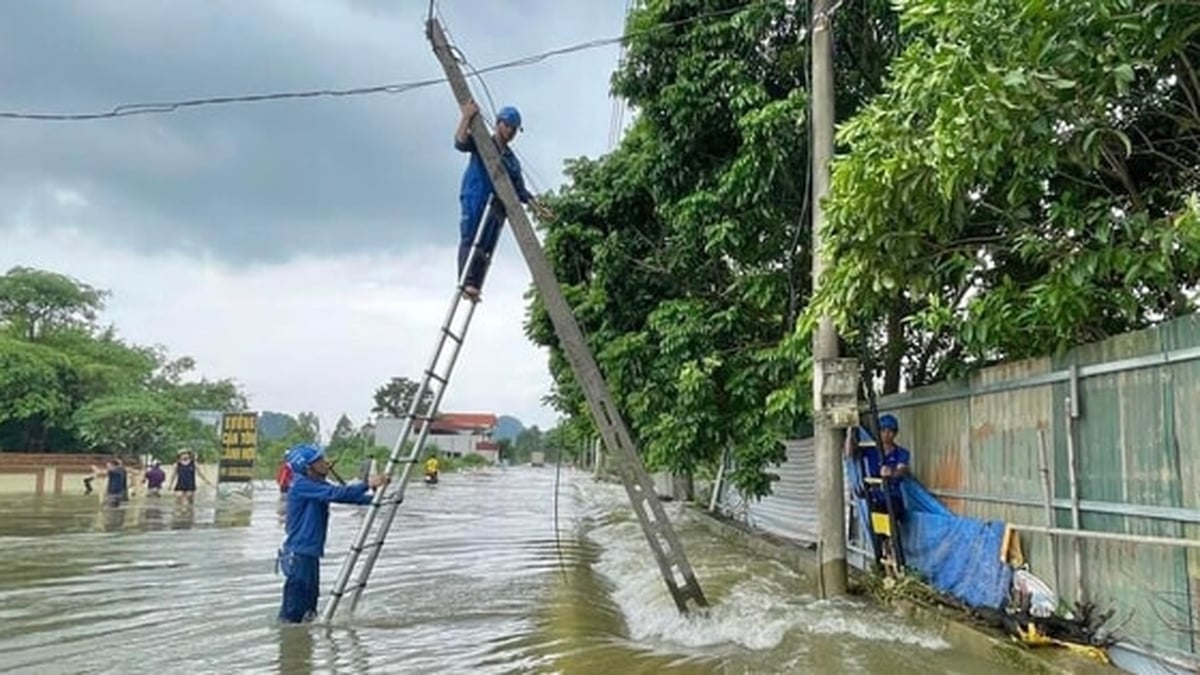

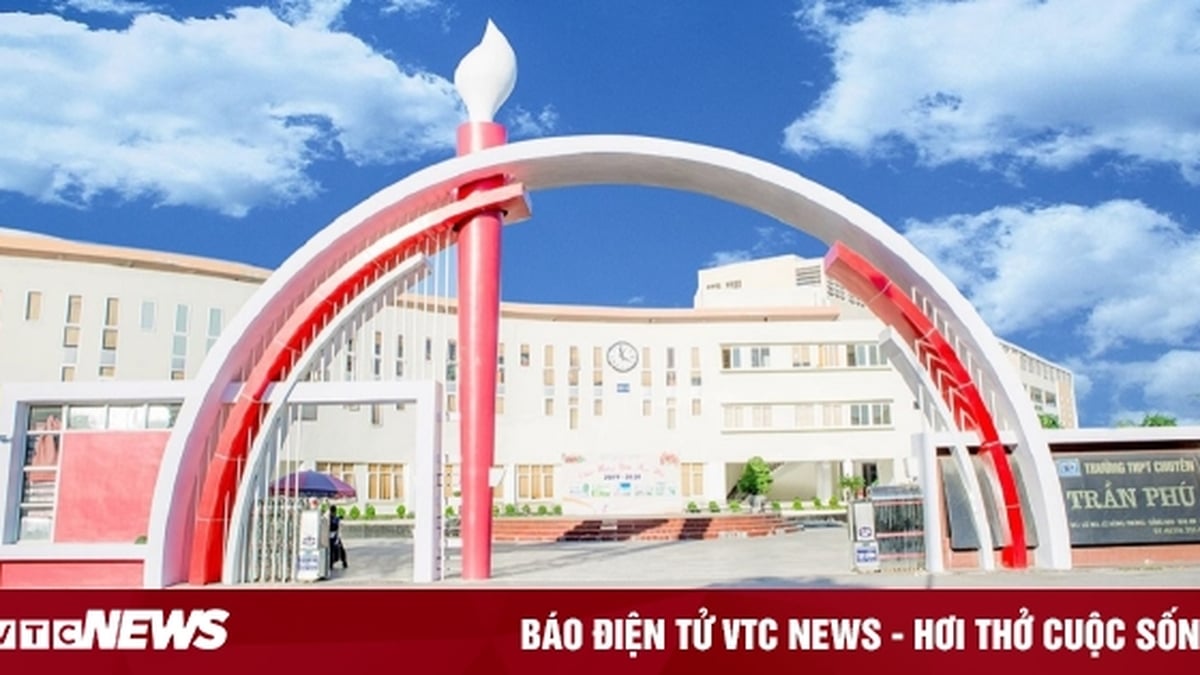



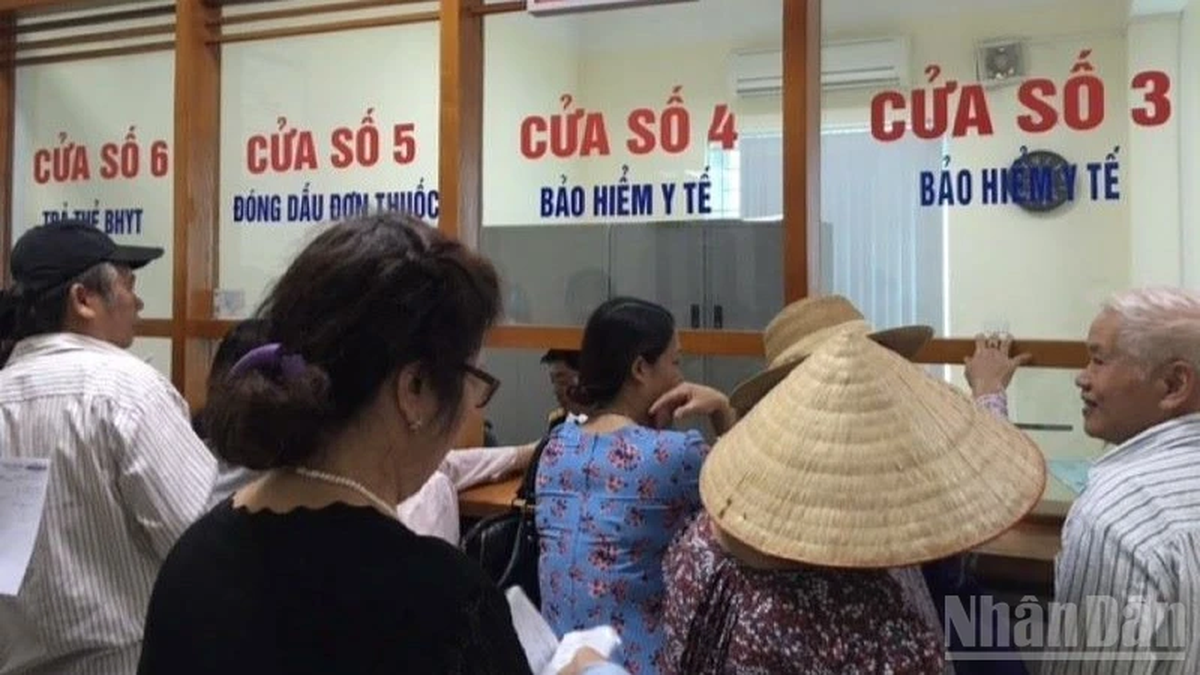
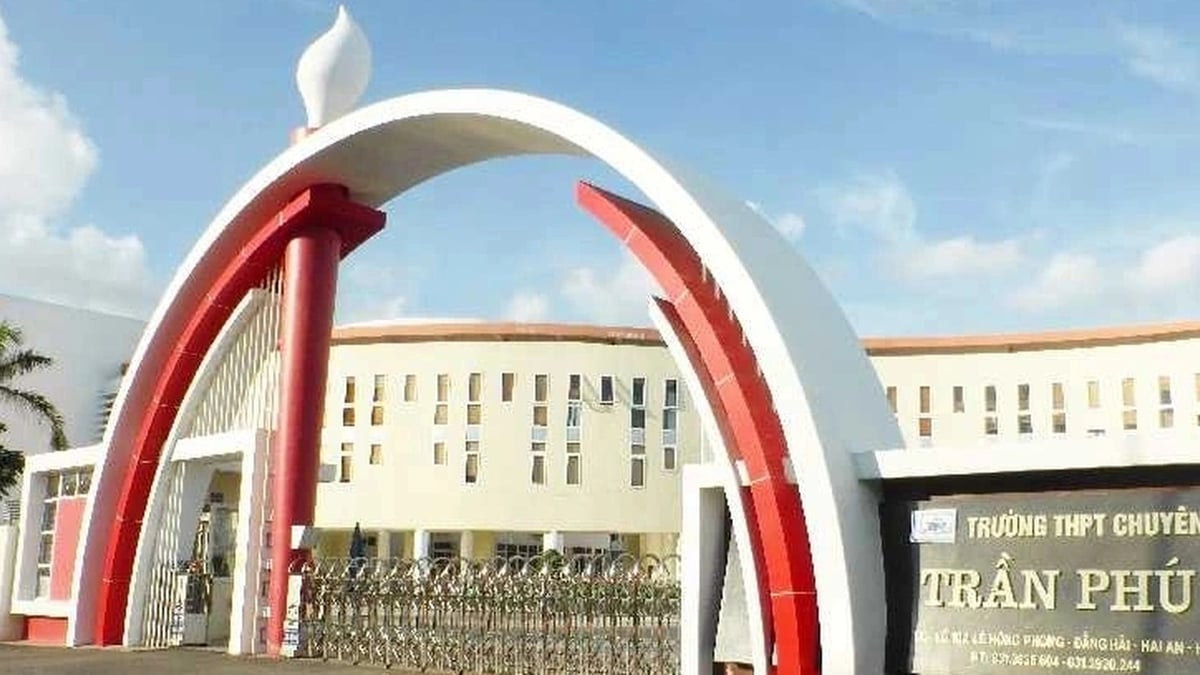
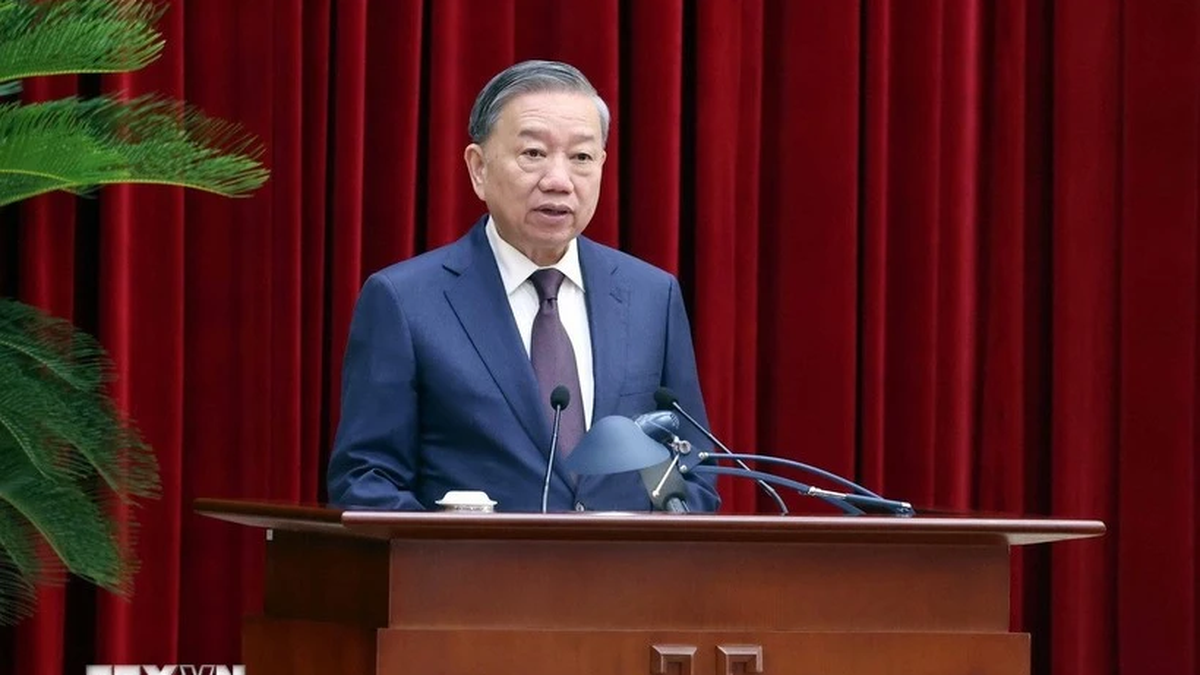






















































































Comment (0)